Some of my veggies are ready for harvest already! This is one of the most exciting aspects of gardening for me. I was not sure what I was going to get when I first started. Fortunately, I’ve had some good luck and have paid close attention to all my plants.
As a quick snapshot, here’s what should be ready to harvest around now:
- Leafy Greens
- Radishes
- Peas
- Broccoli
- Most herbs
- Blueberries
- Strawberries
Leafy Greens
It is still leafy green season, but pretty soon it will start to wither and die. I’ve eaten dozens of salads from my various types of lettuces throughout the Spring so far. I’ll be installing a sun shade fabric over the area soon to give it a little more time to grow and provide me with food. Considering I spent only a couple dollars on seeds, these lettuce plants have been paying for themselves many times over!
If you plant the seeds at the right time, you can get leafy greens from your garden most months of the year in NC. Through the winter, they only require a plastic cover for the coldest nights. Once these ones die, I’ll be planting new ones in September. I got to harvest just one romaine lettuce plant over ten times throughout the summer.
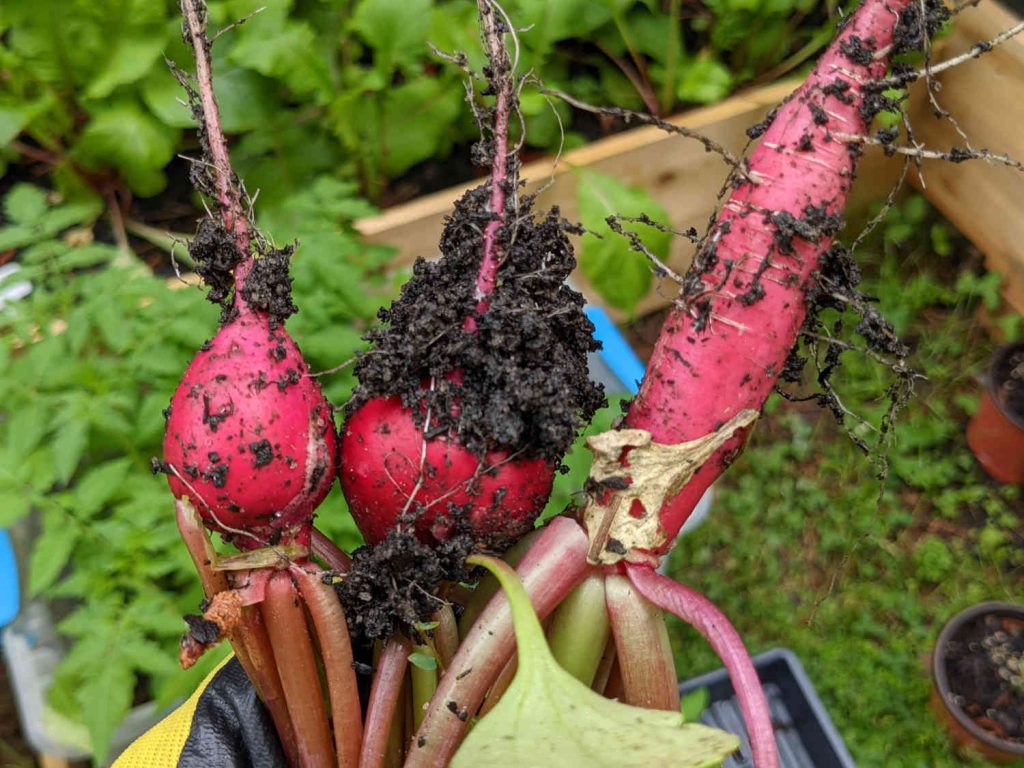
Radishes
The big harvest plant right now is my radishes! If you planted around the same time I did, you should be seeing quite a few radishes ready to go. I’ve found that they’re ready to be harvested if the tuber part of the radish plant sticking out of the soil is over an inch in diameter.
The hard part about radishes right now is that they do not like to get very warm. Therefore, I’ve been watering them more regularly than I do my other plants, just to keep the soil cooler. You can add mulch to help keep the moisture in and heat out, but I’ve found that I have a harder time seeing if the radishes are ready if they’re covered in mulch.
I only planted a small crop of radishes this year as an experiment, but after seeing how well they’ve done, I’ll do it again next year. They didn’t require any fertilizer, and they thrived in the compost/soil mix they were planted in.
I planted the radishes on March 23, 2021 and harvested the first one a couple weeks ago with the bulk of the harvest happening now. They also had an incredibly high germination rate, so keep that in mind if you plant your own. If you plant multiple per hole, like I did, you’ll have to thin them out early in the season.
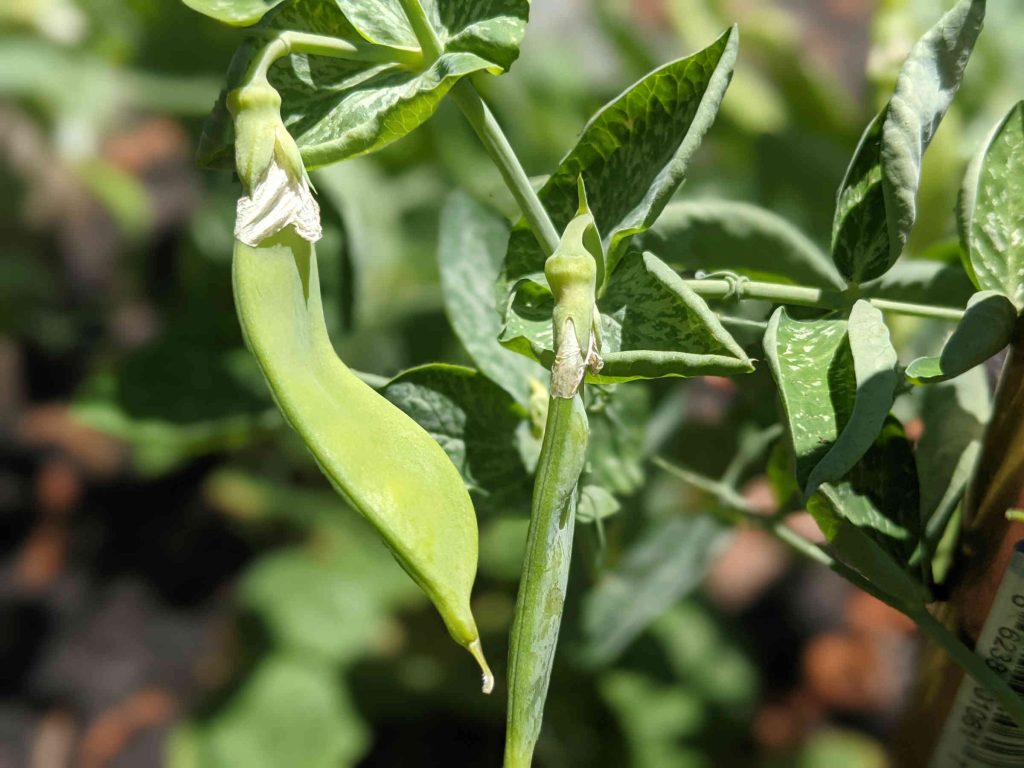
Peas
In additional exciting news, some of my peas are about ready to harvest. I have 3 types of peas: Tom Thumb, Little Marvel, and Sugar Snap. I planted all of these on March 22, 2021. The Tom Thumb have dozens of peas that are edible, but not quite perfect already. The sugar snap has several peas forming, but they’re a couple weeks away. And, the Little Marvel hasn’t even flowered yet.
I’ll likely be eating the Tom Thumb peas by next week.
Beans
Beans are a slower, warmer, plant than peas. That’s important to know because if you planted beans at the same time outdoors as you did peas, they’d have a lower germination rate or otherwise suffer from the colder weather. I planted my beans outdoors on April 10, 2021. So far, all they’ve been doing is growing steadily. Like my peas, I have several varieties.

Broccoli
Let’s talk about my broccoli. Last year, I had really good success with only a couple broccoli plants, so I stepped it up this year. However, I screwed up somehow. Either from warmth, bad watering, or incorrect soil, my broccoli is bolting before it even yields any edible crowns.
My research has told me that broccoli will bolt if there’s too much nitrogen in the soil, too hot of soil temperatures, too little or too much water, or any other condition that causes it trauma. My conclusion is that broccoli is weak and my soil was likely too rich in nitrogen since it was a heavy compost mix.
Pretty soon I will pull out all the remaining broccoli plants to make room for my pumpkins.

Berries
I have blueberries, blackberries, strawberries, raspberries, and grapes. The blueberries are the only ones currently producing fruit. I found out that blueberries produce fruit first, leaves second whereas all the others produce leaves first and fruit second.
Tomatoes
Tomatoes make up the largest part of my garden. I have many varieties that are all doing quite well. In fact, two of the plants I started in my garage that I moved outside have been slowly producing fruit. A squirrel got the first cherry tomato though. 🙁
Right now, I’ve transplanted all of the tomatoes I intend to plant in my garden. For the next month or so, I’ll be pruning back any suckers, fastening the tomatoes to their fences, and keeping an eye out for pest damage. In a month, I should start seeing more significant yields from a variety of types of tomatoes.
Peppers
Peppers are my second largest crop. They’re a much slower growing plant, but a few of them are starting to get taller. I’ve transplanted all of the plants I intend to, and now it is about keeping them happy until they produce fruit. For at least a little while I will be plucking off any flowers they form so that they can focus on growing bigger. Once they start producing fruit, they stop growing as much.
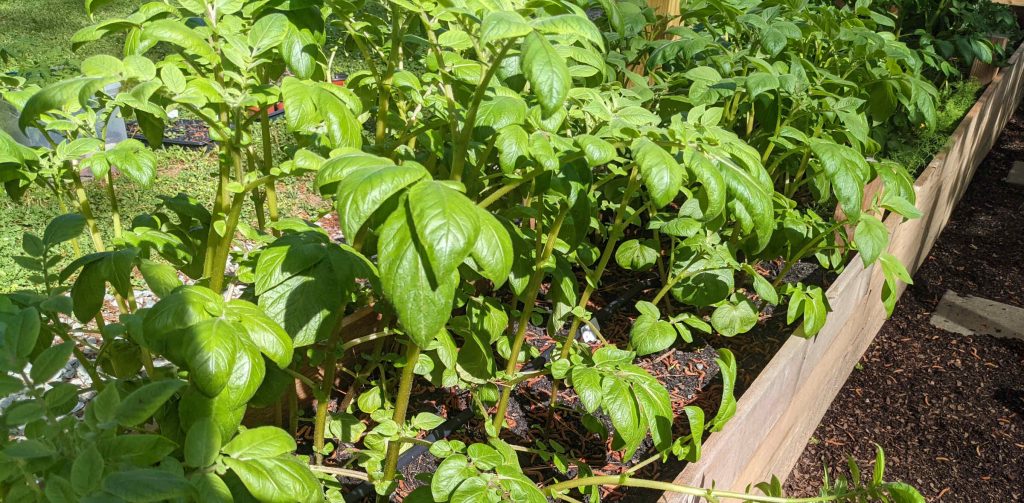
Potatoes
Potatoes make up the third largest section of my garden, and I have to say they’re doing surprisingly well. I want to attribute most of their success to the very rich compost/soil mix I used. I planted all of them on March 21, 2021, and at this point there are dozens of stalks some as tall as 3 feet. Unfortunately, I won’t know how the actual production of potatoes is doing until I start harvesting them, which should happen in mid-late June.
Sweet Potatoes
Now, I need to talk about sweet potatoes because I did not do them right. I bought a pack of “seed” sweet potatoes from Home Depot and their instructions were almost identical to the instructions on the regular potatoes. Get them to sprout, cut them up, plant them 6-8 inches deep. Unfortunately, they’re nothing alike.
Firstly, sweet potatoes grow from slips that grow off of sweet potato tubers. They must grow from these slips or you won’t get any potatoes.
Secondly, sweet potatoes are a warm weather plant. You shouldn’t plant them when you plant your russet potatoes.
Thirdly, they don’t get planted as deep. With other potatoes, you get tubers between the tuber you planted and the top of the soil. With sweet potatoes, you get the tubers throughout the root structure. Therefore, you plant the slip only a couple inches deep. Certainly leave room for all the roots your slip has grown, but if you complete submerge the slip, it will die because you’re not giving it sunlight.
Therefore, I’ve started over. I’ve been preparing sweet potato slips on my kitchen counter for a couple weeks now and have already started seeing a few slips and a lot of roots.
Herbs
I have basil, parsley, dill, rosemary, green onions, sage, catnip, oregano, and mint in my garden, all of which are doing extremely well. Since we’re getting into the hotter season, the basil is doing a lot better. Basil loves hot sunny days. On the other hand, some of my green onion plants have flowered and fallen over because that’s what they do in summer. Herbs are a great part of any garden for variety of smells and flavors, for the continuous harvest, and to help keep certain pests away.
Others
I have cucumbers, watermelon, and corn started in various places in my garden, but since they’re warmer weather plants, they’re awfully small still. Fortunately, they all look like they’ve taken nicely to the soil they’re transplanted in.
I now have 5 separate patches of carrots. I planted 3 patches on March 14 and the remaining 2 patches on May 5. That way I’ll have a second harvest of carrots to enjoy. I should have done 5 separate patches spread 2 weeks apart, but I know better for next year.
Fertilizing
I try to fertilize my plants about once per month. However, each plant has its own needs. For example, I can’t fertilize with any nitrogen near any peas or bean plants because those plants produce excess nitrogen. Adding even more nitrogen to their system would likely harm them or even kill them.
Additionally, I don’t like to fertilize my herbs. Basil, oregano, mint, catnip, sage, dill, and rosemary don’t need fertilizer the same way a fruit producing plant does. My soil is enriched with compost and that should be sufficient for these herbs.
Weeding
Weeding is a constant battle. I don’t use any sort of herbicides, so I’m manually pulling out a few dozen sprouts of maples, pines, virginia creeper, clover, and grass every day. Fortunately most of my plants are mature enough that I can easily tell what a weed is.
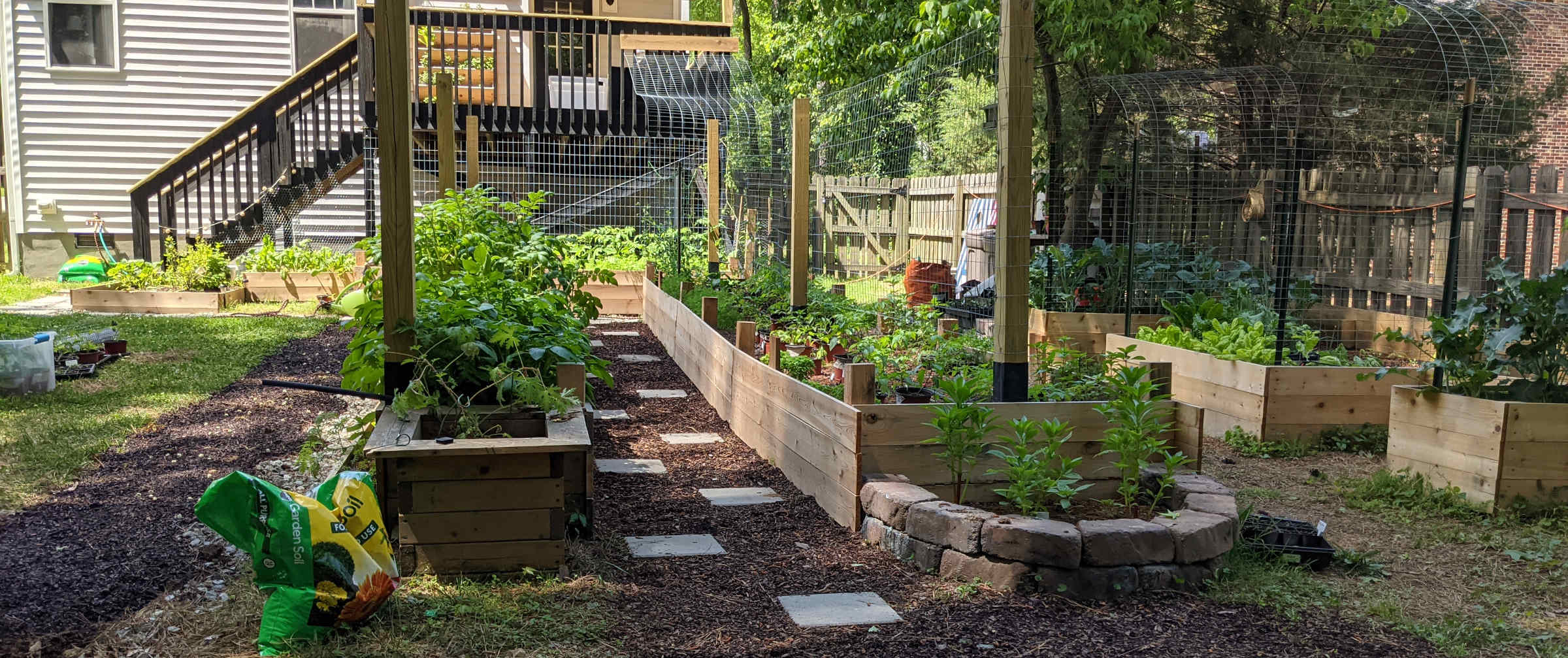

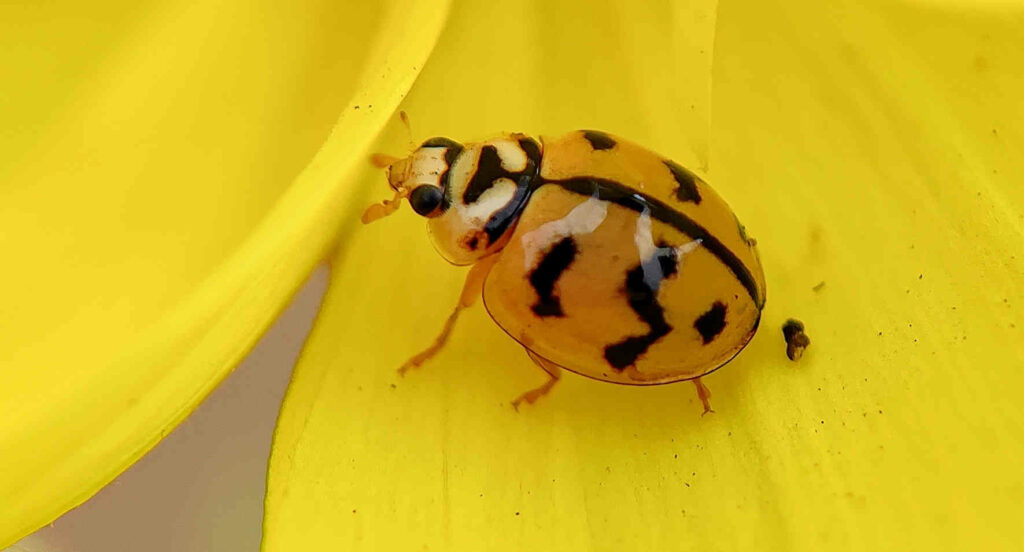
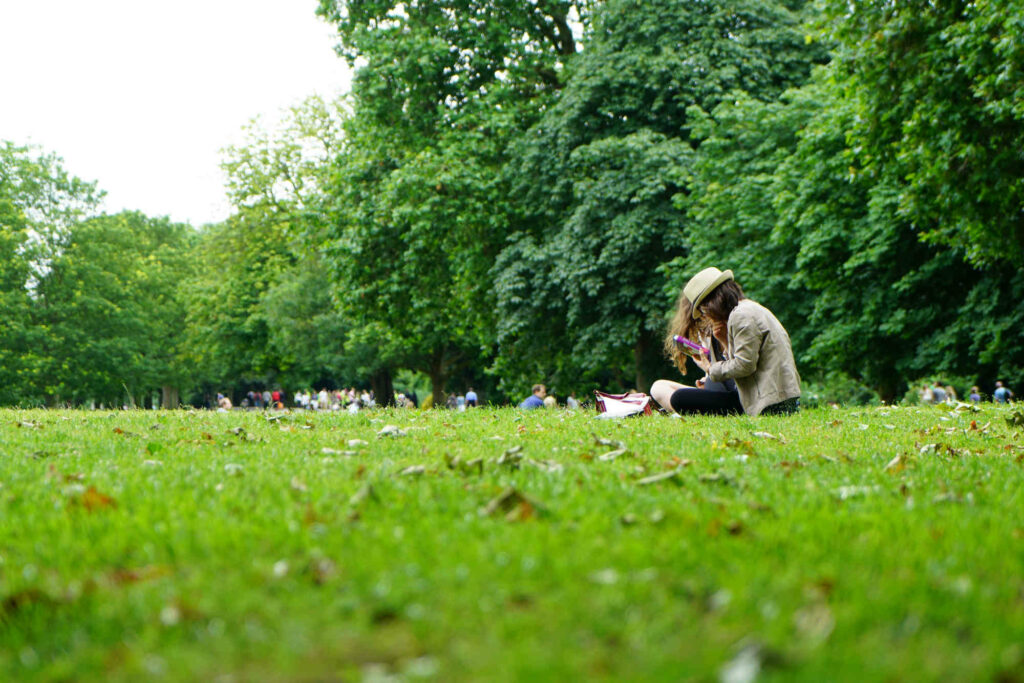

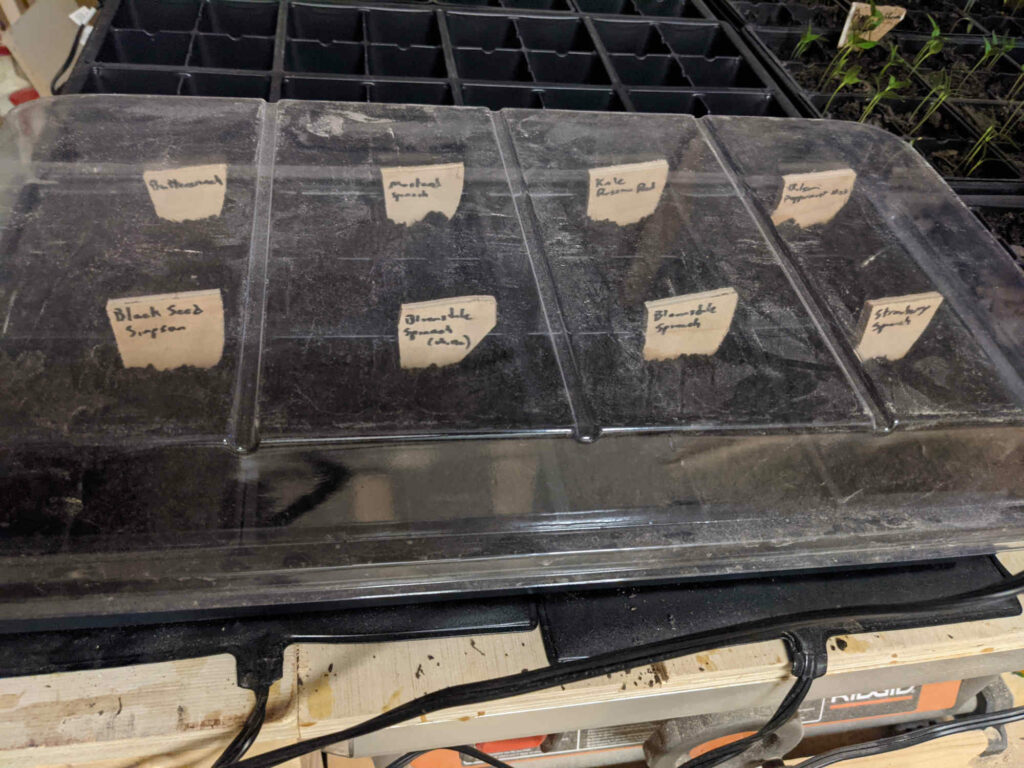
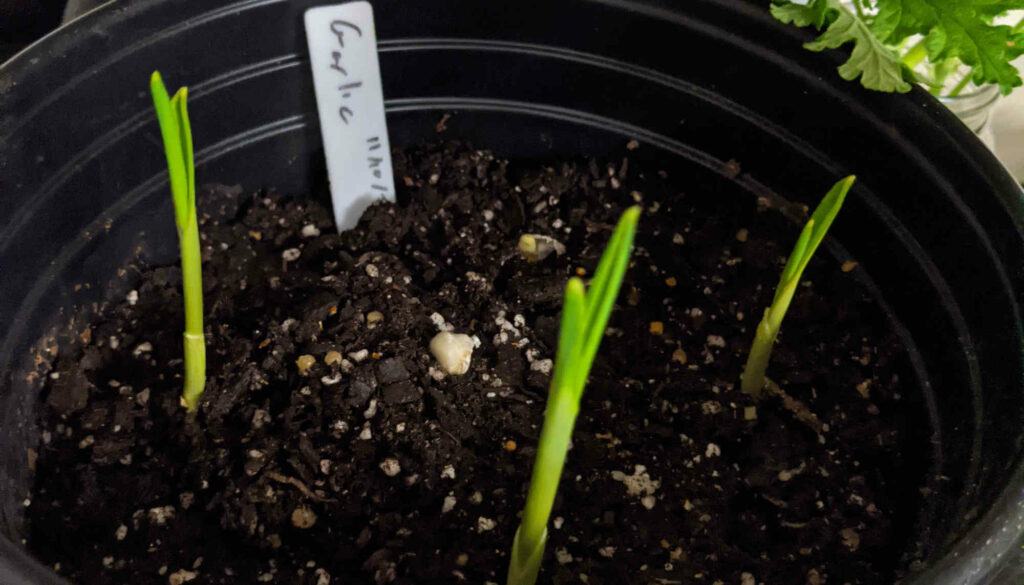
Leave a Reply